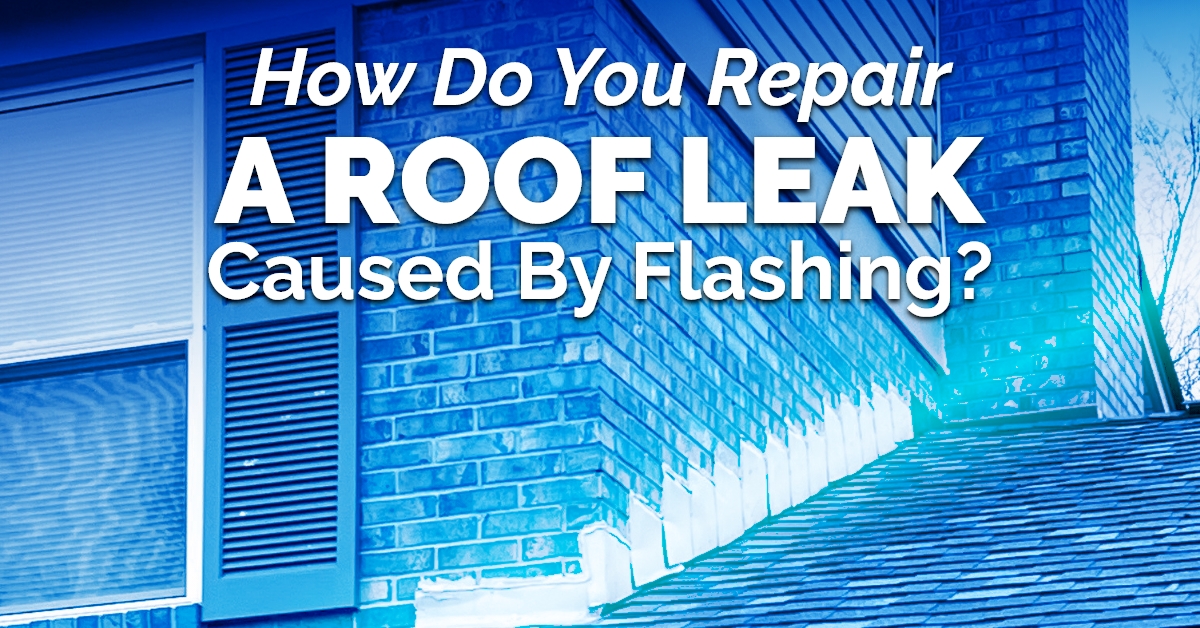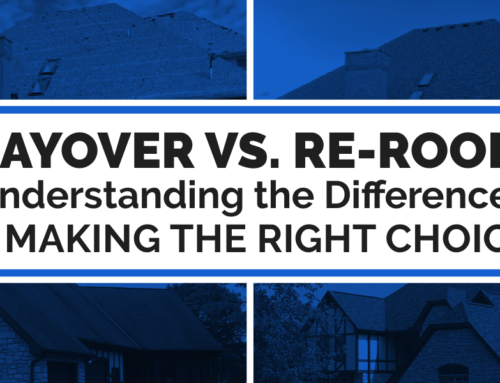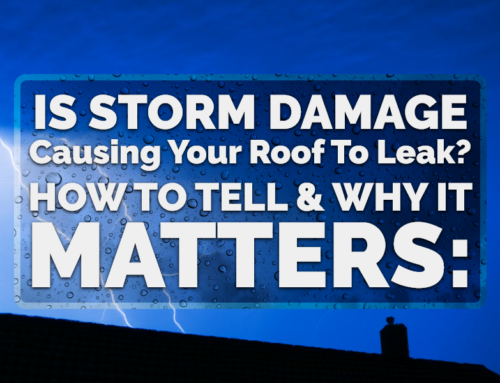Homeowners often assume roof leaks are due to damaged shingles. In many cases, they are correct — damaged, and missing shingles are common causes of roof leaks. But there is another component to your roof which can cause leaks when it begins deteriorating: flashing. It’s common for flashing to go unnoticed until it starts causing problems for your roof. However, learning the basics about flashing can help you better maintain this component and recognize issues sooner.
What Is Flashing?
Flashing is a thin sheet of material placed over seams and crevices in your roof. Most flashing is made from metal, such as stainless steel or aluminum. Flashing is often used in places like:
- Along valleys where two sections of your roof come together
- Around the perimeter of chimneys, vents, and skylights
- Along the edge of the roof
- In places where the roof meets up with a wall
There are a few different types of flashing roofers choose to use. They’ll choose the proper type for the job at hand. One common type is called base flashing. Base flashing consists of two sheets of metal that can move over one another as the roof expands and contracts. It’s usually used around chimneys and other protrusions. Another common type of flashing is drip edge, which is thin, long metal flashing placed along the edge of the roof.
How Does Flashing Protect Your Roof and Home?
Flashing protects your roof in a couple of ways. First, it directly blocks cracks and crevices so water cannot seep into them. It also prevents water from getting into these cracks, freezing, and expanding in the winter — which can cause much roof damage.
In some cases, flashing is placed at an angle to direct water towards the gutters. It encourages water to drain off the roof sooner, minimizing water damage.
Finally, flashing allows the crevices and joints beneath it to expand and contract as the weather changes. Roofers are careful to attach flashing in a way that allows for this movement.
How Can Flashing Be Damaged?
Flashing can become damaged over time due to continuous exposure to weather and the elements. Even ordinary UV light can cause it to weaken over time. Your flashing may develop rust spots or corrosion due to this natural wear and tear. Eventually, the corroded areas may develop actual holes.
Flashing can also obtain damage in a storm. It is not unusual for flashing to be bent or pried from the roof by a fallen tree branch, hail, or heavy winds.
Another possible cause of flashing damage is shrinkage of the roof membrane. If the roof membrane beneath the flashing contracts or expands, this can cause the flashing to buckle and detach.
What Are the Signs of Possible Flashing Damage?
If your roof is leaking but you don’t see any damaged shingles, there is a good chance your flashing is to blame. Another sign of damaged flashing is lifted shingles around the flashing. Lifted shingles suggest the flashing is no longer doing its job and is allowing water to seep behind it.
Of course, if your flashing appears rusted, corroded, bent, or detached from the roof, these are also signs of damage.
What Happens if You Don’t Repair Damaged Flashing?
If you do not repair damaged flashing, you will soon find yourself with roof leaks. The water may trickle in through your attic. Sometimes it is just a few drops, but this is enough to cause mold growth.
Damaged flashing can also allow water to run beneath the shingles, coming into contact with the wood roof deck. Continued exposure to moisture can cause the roof deck to deteriorate and weaken, which will eventually lead to a buckled roof. Roof deck damage is expensive and time-consuming to repair. It’s far easier to replace damaged flashing early on.
How Do Contractors Repair Damaged Flashing?
In most cases, the easiest way to deal with damaged flashing is to remove and replace it. Most flashing protrudes under your shingles. So, your roofing contractor will need to remove some of your roof shingles, replace the flashing, and then put the shingles back in place. It’s never wise to install a new layer of flashing over an old layer. Water could get caught between the two layers, leading to more damage.
Flashing repairs should only be completed by experienced roofing contractors. A roofer will know how to tell whether there is additional water damage to address. They also have the tools and skills to remove the shingles, expose the damaged flashing, and replace it. Flashing has to be installed correctly to be effective.
Flashing plays an important role in protecting your roof, and damaged flashing is a serious issue. If you are in need of flashing repairs in the greater Cincinnati area, contact Titan Siding and Roofing. Our experienced roofers will be happy to help.






